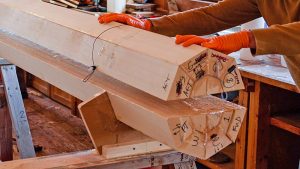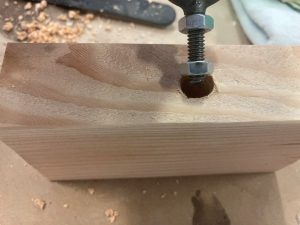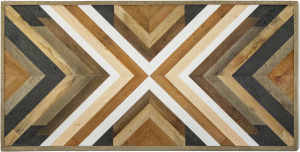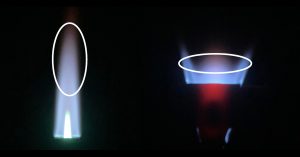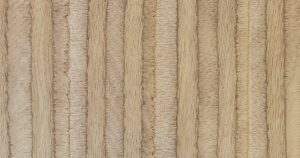By Russell Brown I was recently asked for help in choosing adhesives for a large spar-building project. This led to much thought and discussion with the wonderful WEST SYSTEM® Technical Advisors. The choices we made won’t surprise anyone, but the reasons we made those choices are worth explanation.
